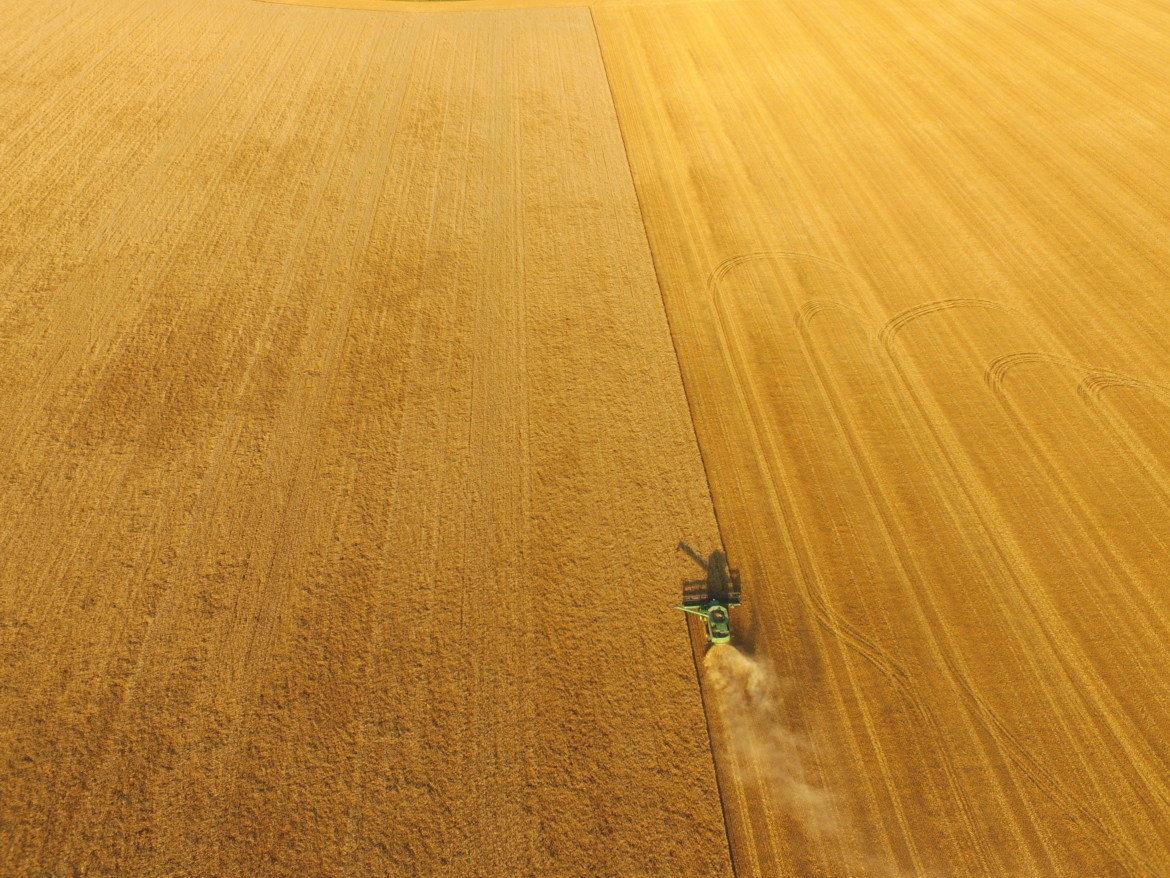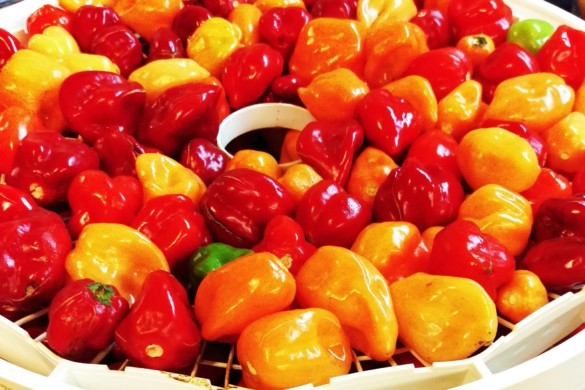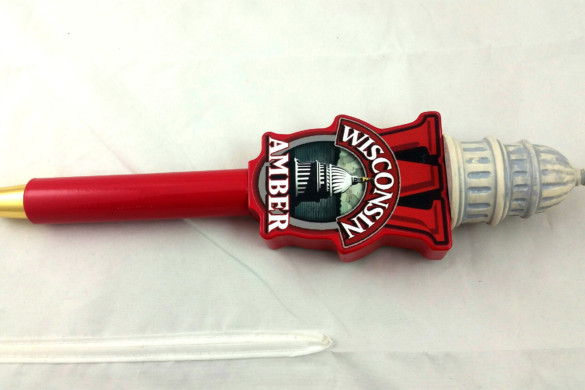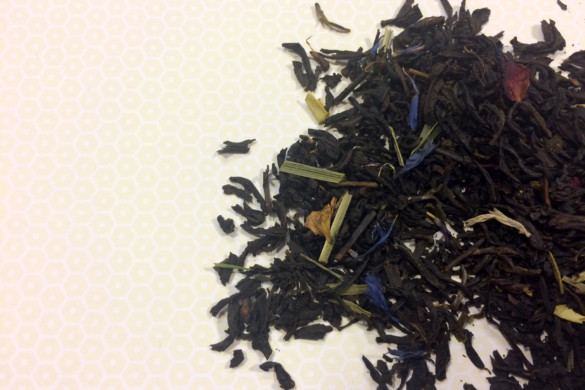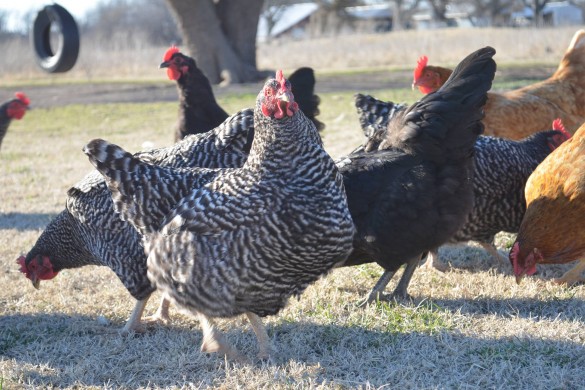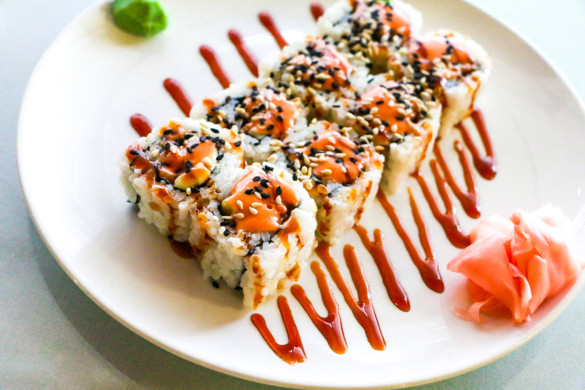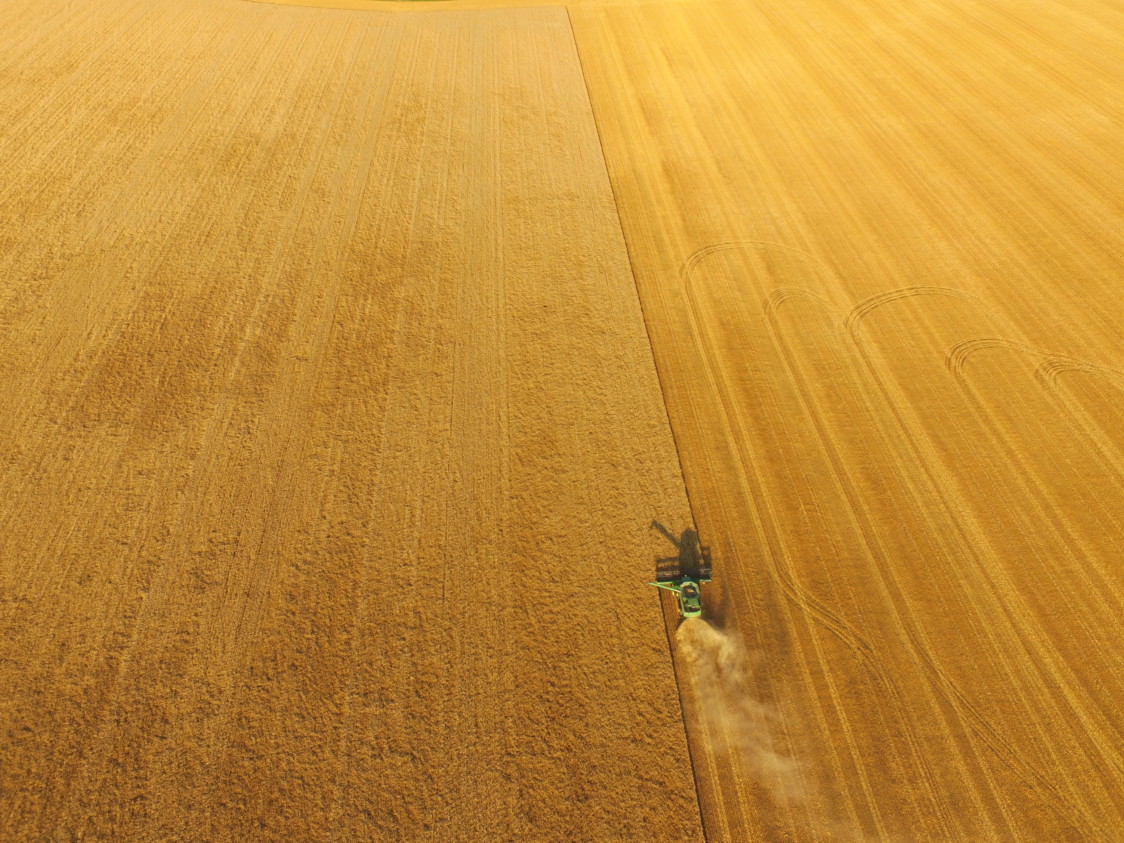
Photo courtesy of Jarrett Hudson
The gluten-free movement affects more than just those following it
Words by Kendall Wenaas
Lauren Davis doesn’t remember the last time she wasn’t eating gluten-free. The 21-year-old Minnesota native was just 14 months old when doctors realized her body wasn’t absorbing nutrients properly. After spending time in the hospital, it became clear that Davis suffered from celiac disease—a condition that causes a person’s immune system to attack the gluten they ingest and consequently the small intestine. Hence: no gluten for Davis.
Gluten, which is found in wheat and other related grains, gives dough its elasticity. The protein can cause sickness in those with celiac disease; only about one percent of the human population has it. But now Davis’ prescribed diet is being turned into the latest health trend—and it’s not just affecting the people following it. It’s affecting the wheat industry, too.
Gearing Up Without Gluten
Trading out bread for lettuce? Pretzels for fruit? Avoiding the cookie jar altogether? The majority of gluten-tolerant people who avoid the substance do so because they believe it’s a step in a healthier direction. Dieticians and nutritionists have debated this belief for years. Still, while it’s not based in scientific fact, the gluten-free trend lives on.
A 2016 study in JAMA Internal Medicine revealed that while 1.76 million Americans have celiac disease, around 2.7 million follow a gluten-free diet. Mintel, a market research company, surveyed people who avoid gluten in their diets and found that 37 percent “believe it is better for overall health.” The same survey also found that 32 percent believe gluten-free products are “more natural” and 25 percent “eat them for weight loss.”
I don’t think as many precautions are being taken because so many people are choosing to do it just because.”
-Lauren Davis
“I think a lot of people do it because they think it’s healthier,” Davis said. “It makes it hard for a lot of people like me who actually have celiac because a lot of times in restaurants, employees don’t take it as seriously anymore because they may think that the person who’s ordering it is just doing it because they want to be gluten-free, not that they have to. I don’t think as many precautions are being taken because so many people are choosing to do it just because.”
And though the rumor mill supports the theory that eating gluten-free is a healthy way to lose weight, Senay Simsek, Ph.D., doesn’t agree.
Simsek doesn’t support eating gluten-free unless a person has celiac disease. That’s because the associate professor of cereal science and technology of wheat at North Dakota State University believes there are many misconceptions surrounding the diet trend.
“Our concern is that people are seeing gluten-free as a healthy choice. Eating whole wheat is a healthy choice, but gluten-free, if you’re a ‘normal’ individual, is not the healthy option.”
Health vs. Honey Nut Cheerios
Simsek’s main concern is people perceiving gluten-free as a catch-all solution—from weight loss to brain function – to their health problems, but that’s not the only issue.
Since 2000, per capita all-wheat flour use has been down, according to the United States Department of Agriculture. The USDA credits this drop to “increased consumer interest in low-carbohydrate diets.” In North Dakota and Kansas, the United States’ main wheat production states, wheat once made up over 80 percent of the total amount of wheat, corn, and soybean fields. In 2013, wheat made up less than 60 percent of this total in Kansas, and less than 50 percent in North Dakota.
Erica Olson, a marketing specialist for the North Dakota Wheat Commission, said the industry is more concerned about people’s false view of wheat and gluten. “The gluten-free trend has definitely posed a challenge, but what’s more concerning to us is the misconception,” Olson said. “In agriculture in general, there are a lot of disconnects and misconceptions.”
Companies like General Mills—the producers of Cheerios and other popular grain treats—have adapted. Currently, they make over 400 gluten-free products, keeping their sales up and meeting consumer demands.
And, ironically, giving those suffering from celiac disease more options.
“I’d say probably within the last few years there are a lot more brands, and everything is starting to taste a lot better now because they know that people will buy it—not just celiac people,” Davis said. “I know when I was little, my parents said they felt bad feeding me the food that they had to because it didn’t taste good, it didn’t look good. Now…there are some things where my family likes the gluten-free version better.”
Plowing Ahead
The U.S.—specifically North Dakota and Kansas—has been able to remain a major wheat producer, despite the gluten-free gravitation. Yet farmers and mills remain dependent on consumption patterns, which often change as diet and food trends continue to change. Whether the gluten-free movement is running its course, or if it’s here to stay, both those with celiac disease and those involved in the wheat industry will continue to adjust.

